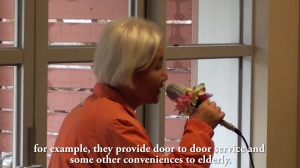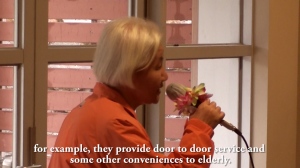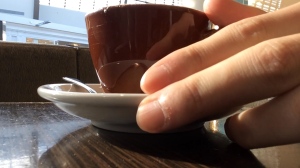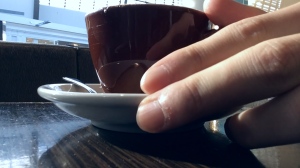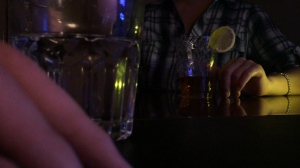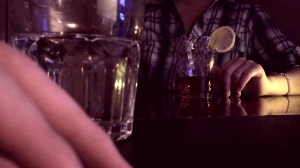In the last few days, I have read
- Ward, Paul. Documentary: the margins of reality
- Curran Bernard, S. Documentary storytelling for film and videomakers
I used to hold a thought about how to divide documentaries and dramas, which the documentaries should only document the real events without any performance or acting. However during the studying the documentary field in depth for months, I have known the relationship between two categories is complex and sometimes overlap. Paul Ward’s Documentary: the Margins of Reality has given me a great understanding about this relationship and all the variations on these.
Ward pointed out some fictional techniques were increasingly used in documentaries in recent times, such as reconstruction or re-enactment. These techniques are sometimes only options when the documentaries engage with history and the past, or difficult to get access because of anonymity or other problems:
Either there is no ‘direct’ record of the events that can simply be drawn into the documentary context- this is the case with events from history when no cameras were present-or there are issues around anonymity or other problems with access that mean that reconstruction is one of the only options available.
For my current non-fiction project, even though it will be an observational documentary, there will be no obvious acting or performance within, however, for capturing a necessary scene which for example could boost the narration, but it is somehow missed or interrupted, We do require the participant to ‘re-enact’ that moment, so I consider this arguably could be the acting in observational documentary: how real people/non actors ‘play themselves’ in some way.
…there is an argument that all documentary involves people ‘acting’ in some sense of the term, so the distinction is arguably a matter of degree…
With the development of film and TV productions and technology, I believe the documentary should pick up the tools such as CGI, props or acting to reconstruct or re-enact the certain aspects of reality, to let the truth have a chance to be presented in maximization.
In Bernard’s paper, the word ‘serendipity’ has been mentioned which I found very fresh and useful,:
It’s not unusual for filmmakers to begin one project, only to be drawn by the characters and situations they encounter toward a film that is both different and stronger than they anticipated.
and then I think back to when I was planning the story for my current project, a documentary about the life style of elderly people in Melbourne. But as the prior research and filming going further, the story is getting more specific and clear, it is no longer only about an old man’s daily life, we discovered a Chinese senior citizen club, therefore this created an opportunity to explore different elderly people and various stories of them, most importantly, to explore the conflicts in their lives of living in a foreign country: how they live different with locals?
Keeping a sense of serendipity could be an instinct for documentary makers, because there is a lot of drama happens in ordinary life, these realistic dramas are often well received by the audience. Knowing how to find them and discover the potential interesting story behind could help us get an access to a great documentary idea.
While talking about the access let us look at another point that Bernard mentioned, the actual accesses to whether the locations, the subjects or archival for making a film or even a shot happened. Think about the possibilities of the accesses before filming could avoid waste of the time, on the other hand, spending sometimes to truthfully communicate with the people who can grant it, which mean establishing a relationship and building trust between each other.
This is a professional relationship, although filmmakers often grow very close to their subjects.
I have to gain several accesses to interview the senior citizen club members, it was more difficult than I thought, but as long as I make my intentions clearly and be truthful to them, they would start to trust the crew. Therefore in exchange, they would be truthful in front of the camera too.
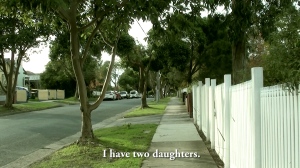
 This is a clip from my ongoing documentary project, before it looks grey and has less contrast. So in premiere pro, I turned on the “fast color corrector” and did some certain adjustments: firstly, in “saturation”, I increased the input white level, so it could highlight the bright area; in contrast, I decreased the input gray level to make the shadow darker, so that the image would have more contrast. Lastly, I enhanced the green color for hue balance to give the trees a healthy green look.
This is a clip from my ongoing documentary project, before it looks grey and has less contrast. So in premiere pro, I turned on the “fast color corrector” and did some certain adjustments: firstly, in “saturation”, I increased the input white level, so it could highlight the bright area; in contrast, I decreased the input gray level to make the shadow darker, so that the image would have more contrast. Lastly, I enhanced the green color for hue balance to give the trees a healthy green look.